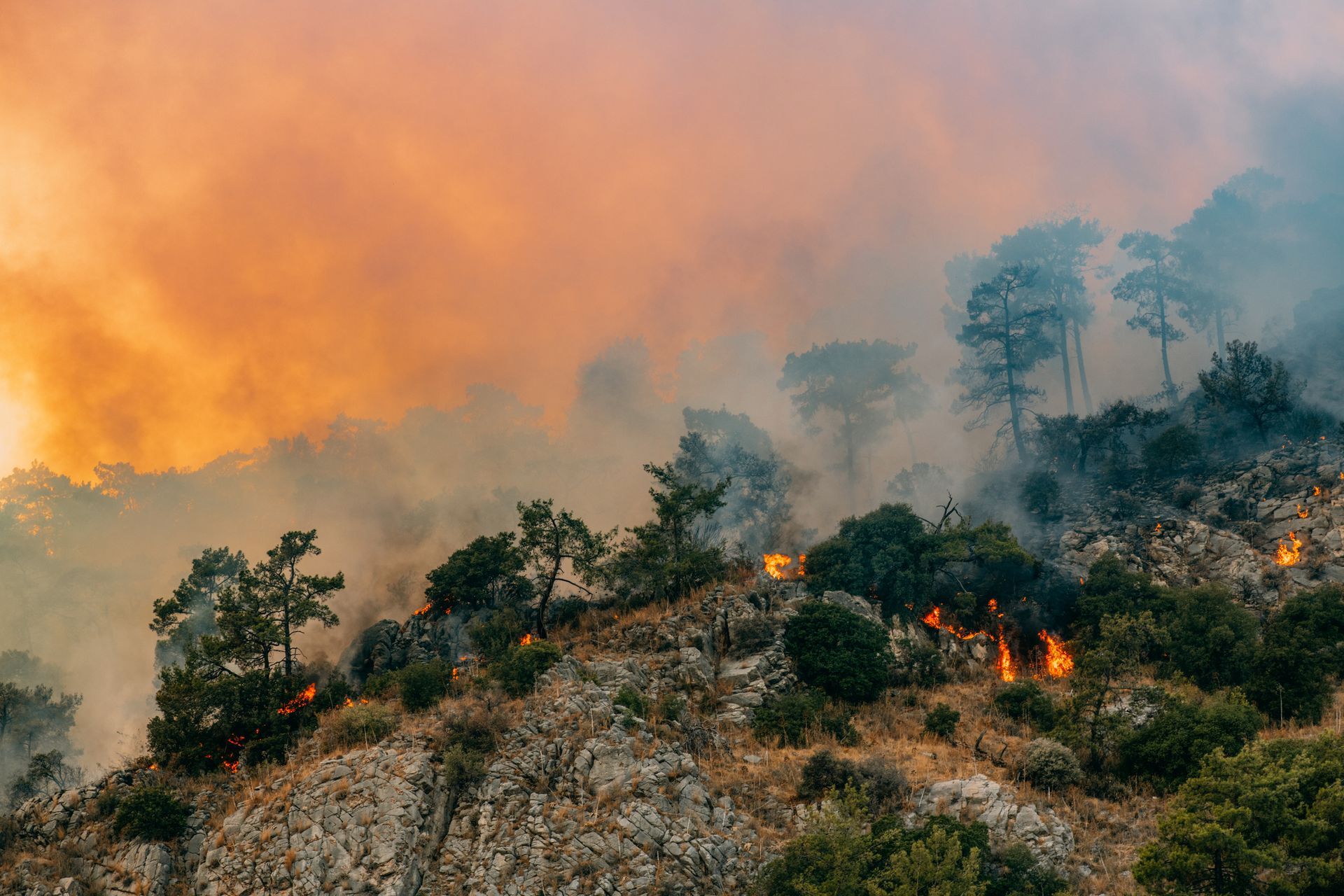Pollen and Mold Counts: Why They Matter for Your Health and How We Keep You Informed
Pollen and mold counts are crucial indicators of air quality and can significantly impact individuals, especially those with allergies or respiratory conditions like asthma. During certain seasons, these natural allergens become more prevalent in the air, leading to an increase in allergy symptoms, asthma flare-ups, and overall respiratory distress. Keeping track of pollen and mold levels is essential for managing these conditions, and it’s something our clinic is dedicated to providing for our patients.
Why Pollen and Mold Counts Matter
Pollen is produced by trees, grasses, and weeds, while mold spores grow in damp environments, such as fallen leaves or areas with high humidity. According to the *American Academy of Allergy, Asthma, and Immunology (AAAAI) <https://www.aaaai.org>*, pollen counts can trigger symptoms such as sneezing, itchy eyes, congestion, and coughing, particularly for those with allergic rhinitis or asthma. Mold spores, on the other hand, can worsen symptoms for those with mold allergies, causing wheezing, sinus congestion, and even triggering asthma attacks.
Both pollen and mold counts fluctuate throughout the year. In the spring, tree pollen is often highest, while summer brings a rise in grass pollen. Fall typically sees an increase in weed pollen, especially ragweed. Mold spores tend to peak during the late summer and fall, as damp conditions from rain and falling eaves create ideal growing conditions. Tracking these fluctuations can help you anticipate and manage symptoms.
The Importance of Keeping Track of Counts
Being aware of pollen and mold counts can help individuals take proactive steps in managing their allergies. When counts are high, it’s advised to minimize outdoor activities, especially during peak times like early mornings or windy days. Using air purifiers indoors, keeping windows closed, and wearing masks when necessary can reduce exposure. Medications like antihistamines, nasal sprays, or inhalers can provide relief, and it’s important to stay on top of these treatments during high pollen or mold seasons.
Research from *Mayo Clinic <https://www.mayoclinic.org>* shows that regular monitoring of allergen levels can significantly reduce the impact of seasonal allergies. For asthma patients, being aware of these counts is especially important, as high pollen or mold levels can exacerbate symptoms and lead to more frequent or severe flare-ups.
Our Clinic Keeps You Informed
At our clinic, we understand how important it is for you to stay informed about the pollen and mold counts in your area. That’s why we keep these numbers updated on our website each week. By checking our website regularly, you can stay ahead of allergy season, track fluctuations, and make informed decisions about your health. Whether you need to adjust your medication or take extra precautions during peak pollen or mold seasons, we’re here to help.
We’re committed to providing the most accurate and up-to-date information to help you manage your allergies and asthma effectively. Visit our website weekly for the latest pollen and mold counts, and reach out to us if you have any questions or need assistance in adjusting your treatment plan.
Stay proactive, stay informed, and keep your allergies in check—check our website for weekly updates on pollen and mold counts, and get the support you need to manage your health!


